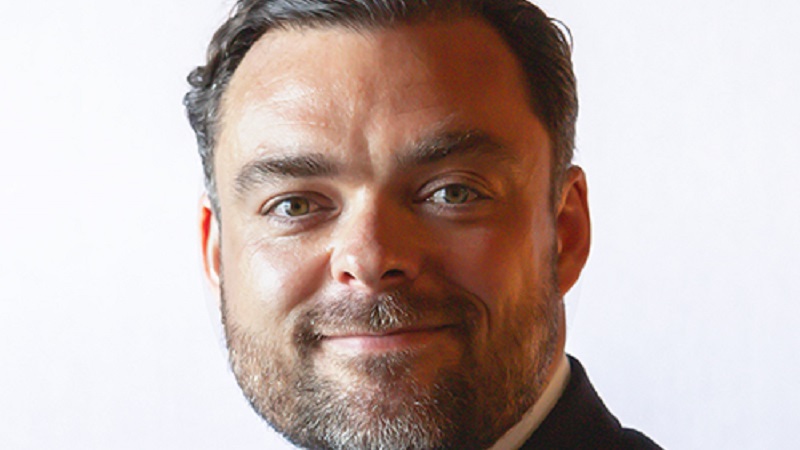Gam has swung to a loss amid the coronavirus outbreak despite axing over a hundred jobs and bringing its personnel expenses down by a quarter as outflows hit CHF 9bn (£7bn).
The Swiss manager unveiled a CHF 2.0m (£1.7m) pre-tax loss in its half year results for 2020 compared with a CHF 2.1m profit for the same period last year.
Losses were driven by lower net management fees and commission which plunged 28% to CHF 123.8m from CHF 171.1m a year ago as the coronavirus volatility and net outflows chipped away at assets under management in its investment business.
Total assets in Gam’s investment arm stood at CHF 35.5bn (£29.8bn) at the end of June, down 27% from the CHF 48.4bn it had at the end of December 2019.
The Zurich fund manager said it had been pummelled by net outflows of CHF 8.5bn (£7.1bn) over the first six months of the year and CHF 3.9bn worth of negative market and foreign exchange movements.
But group CEO Peter Sanderson (pictured) said redemptions from the business had been “materially lower” during the second quarter and that investment performance of its strategies was “improving”.
Gam slashes personnel expenses by a quarter as headcount falls 13%
The hit to profits comes despite Gam‘s aggressive cost cutting efforts which saw total expenses fall by around CHF 41.0m over the first half of the year, including cutting its personnel expenses by a quarter from CHF 104.0m in H1 2019 to CHF 80.2m in H1 2020.
In April the fund group confirmed it had “accelerated its efficiency program” to shore up CHF 65m (£54m) of total cost reductions for 2020 by slashing hundreds of jobs and bonuses for its senior executives.
Fixed personnel costs fell 15% over the period, which the group said was driven by lower headcount. At the end of June Gam had 747 full-time staffers, 13% lower than the 863 employees it had a year ago. The group has previously stated it intends to bring headcount down to 680 by year end.
Variable compensation was down 42% which it said was off the back of lower bonuses due to falling revenue.
Meanwhile general expenses fell by a third to CHF 35.1m as Gam recorded lower professional, travel and marketing expenses during the lockdown period.
Sanderson said the group remained on track to achieve its total cost reductions for the year.
“Our operations have remained resilient and productivity has remained high in a Covid-19 remote working environment, and we are making good progress with our strategy,” he said.
“The accelerated efficiency programme underpinned by the implementation of the new SimCorp platform is on track and, together with the new leadership in distribution, these are important steps in mobilising GAM for growth for the benefit of our shareholders.”
Fixed income funds continue leaking cash
Once again Gam’s fixed income strategies bore the brunt of net outflows with investors yanking CHF 5.7bn from funds over the first half of the year.
Most of the redemptions came from its Gam Star Credit Opportunities fund and Local Emerging Bond fund in March. But he Swiss fund manager said net outflows had “materially reduced” as markets stabilised in the second quarter.
Investors yanked a further CHF 800m from its equity funds and CHF 700m from its alternatives range.
Its absolute range which has struggled to hold onto assets since the high-profile dismissal of Tim Haywood and the liquidation of his £8.5bn absolute return bond fund range lost CHF 200m over the period.
Gam said it had seen a turnaround in fund performance in the second quarter with 34% of AUM in funds outperforming their respective benchmark on a three-year period to 30 June 2020 compared with just 14% as at 31 March 2020. But this is well down from 74% of AUM in funds that outperformed over a three-year view from 31 December 2019.
The decreases in March were primarily driven by Gam’s largest funds having underperformed their respective benchmarks, the firm said.










